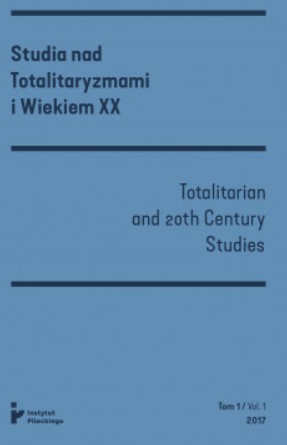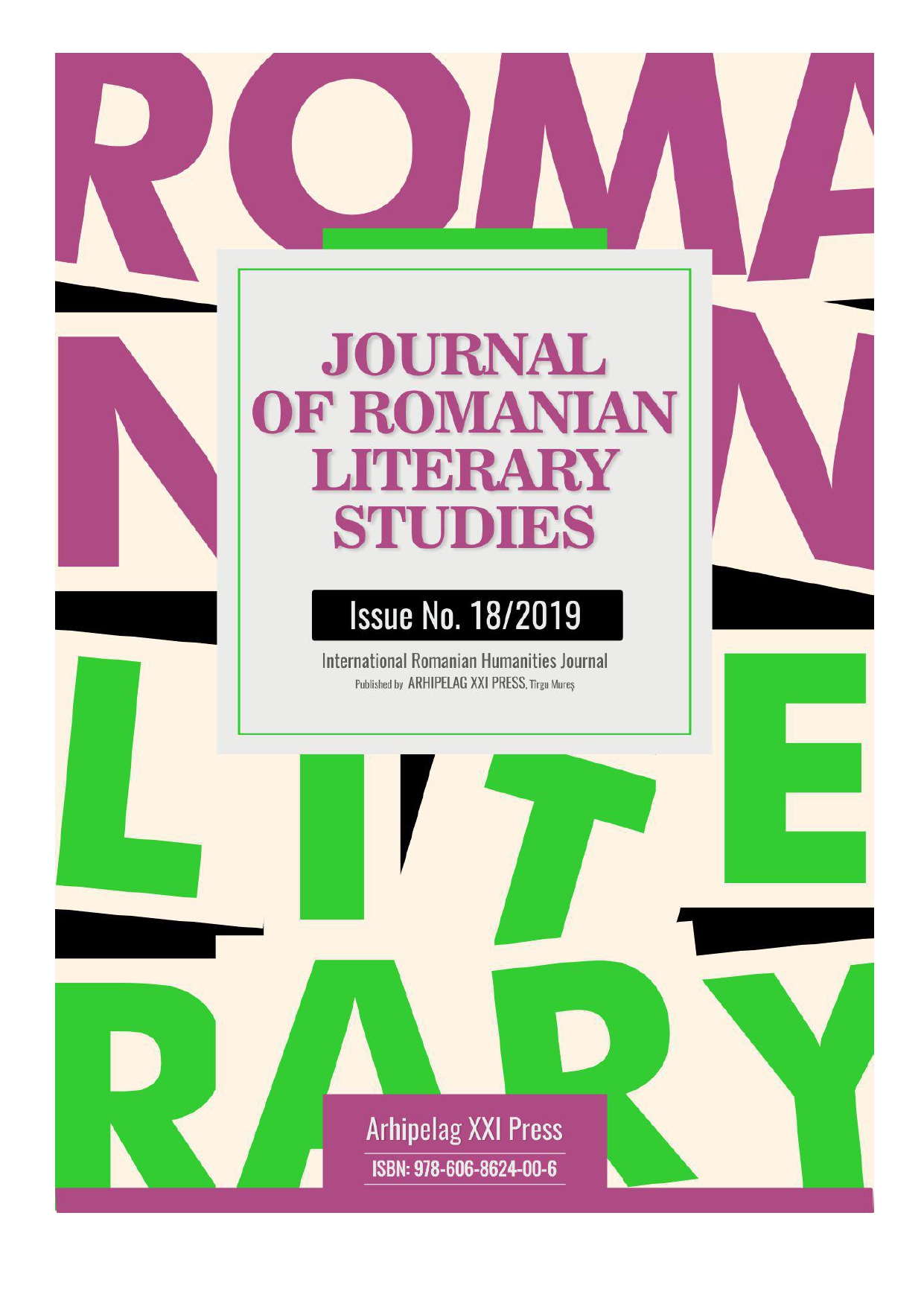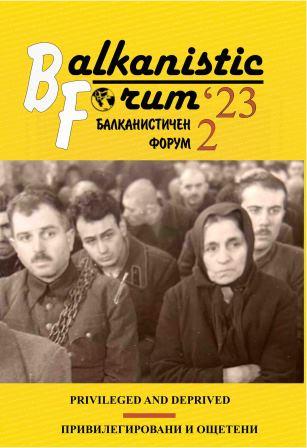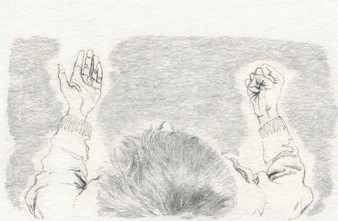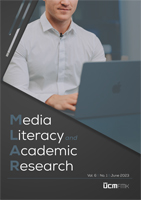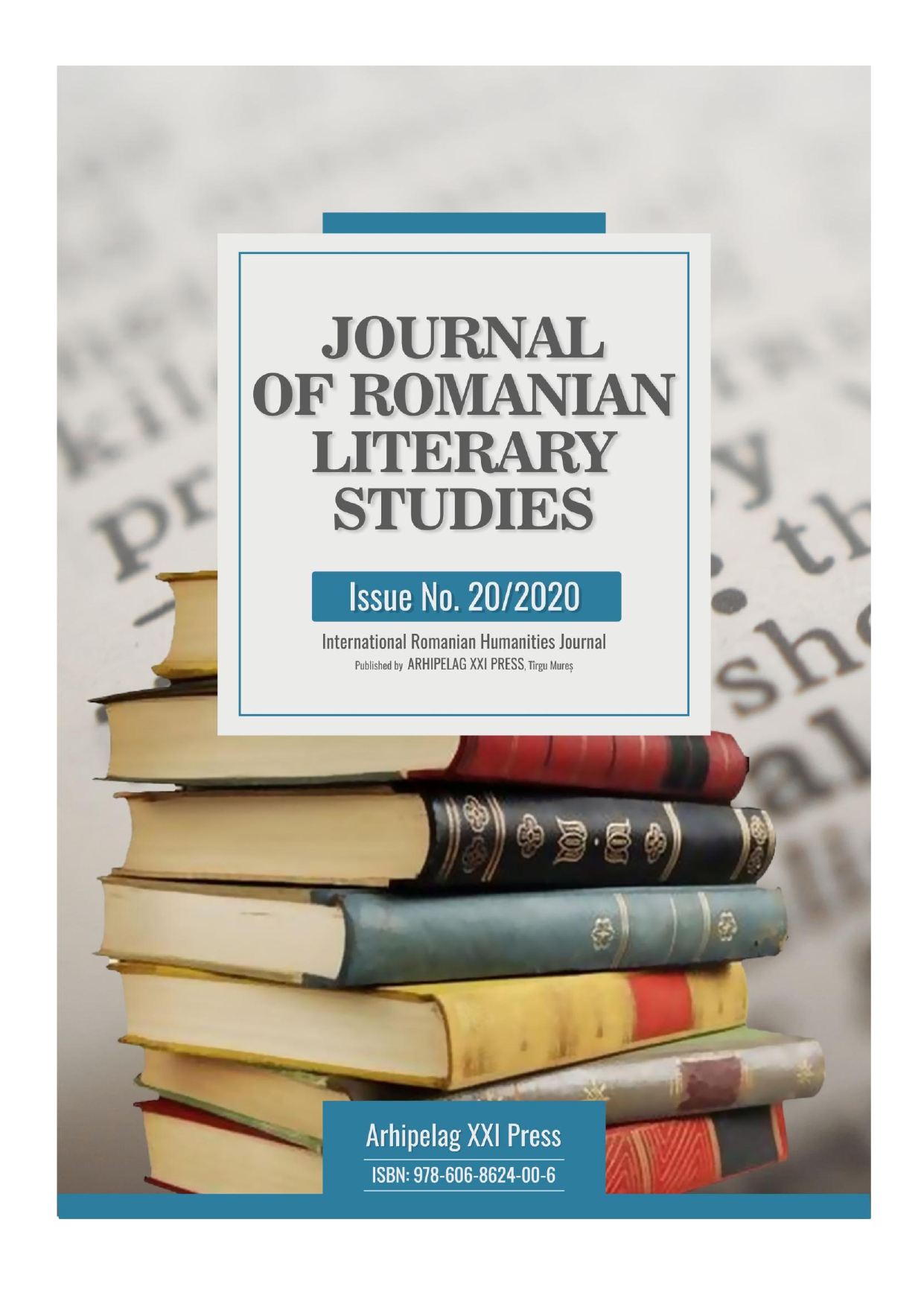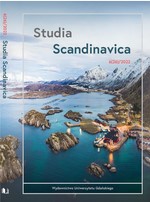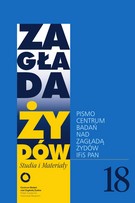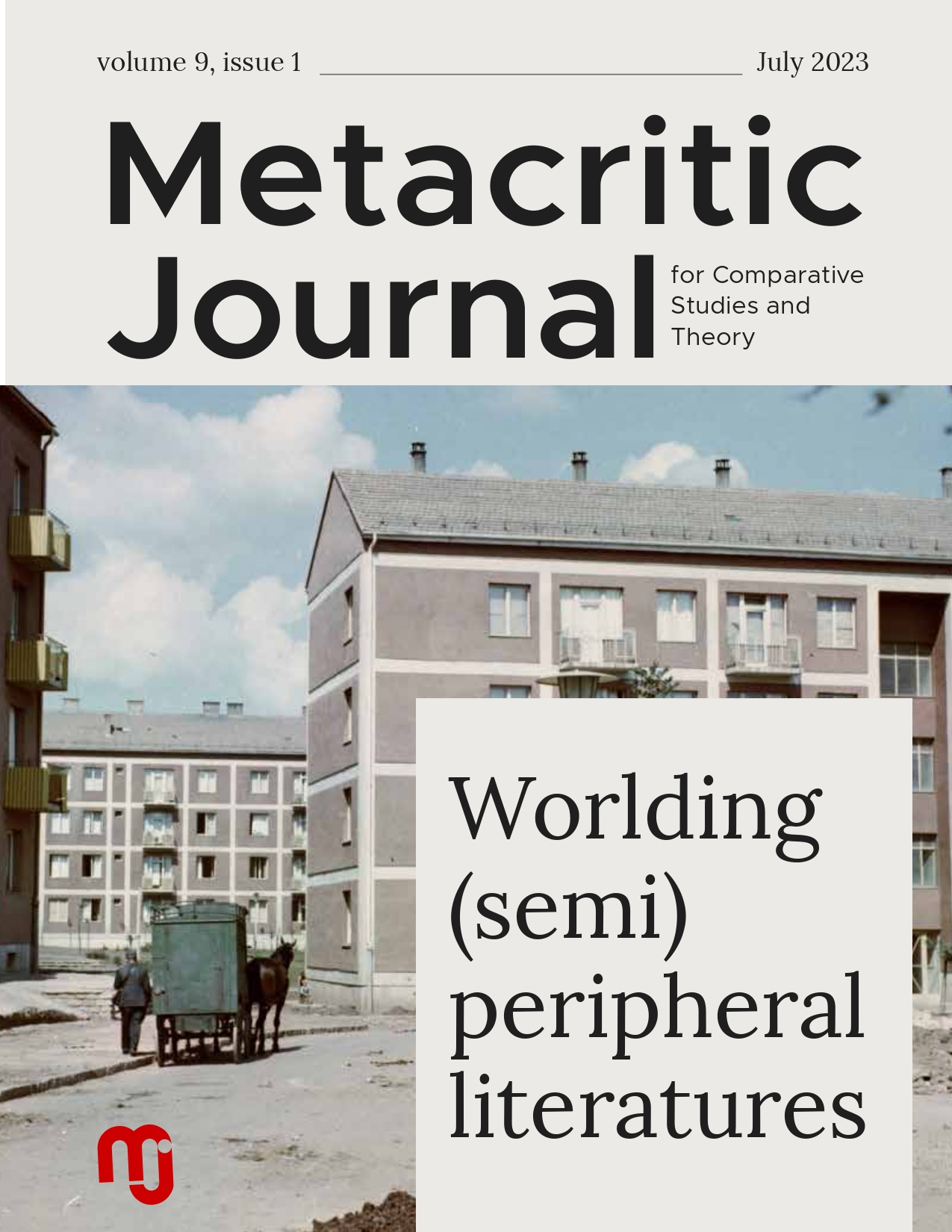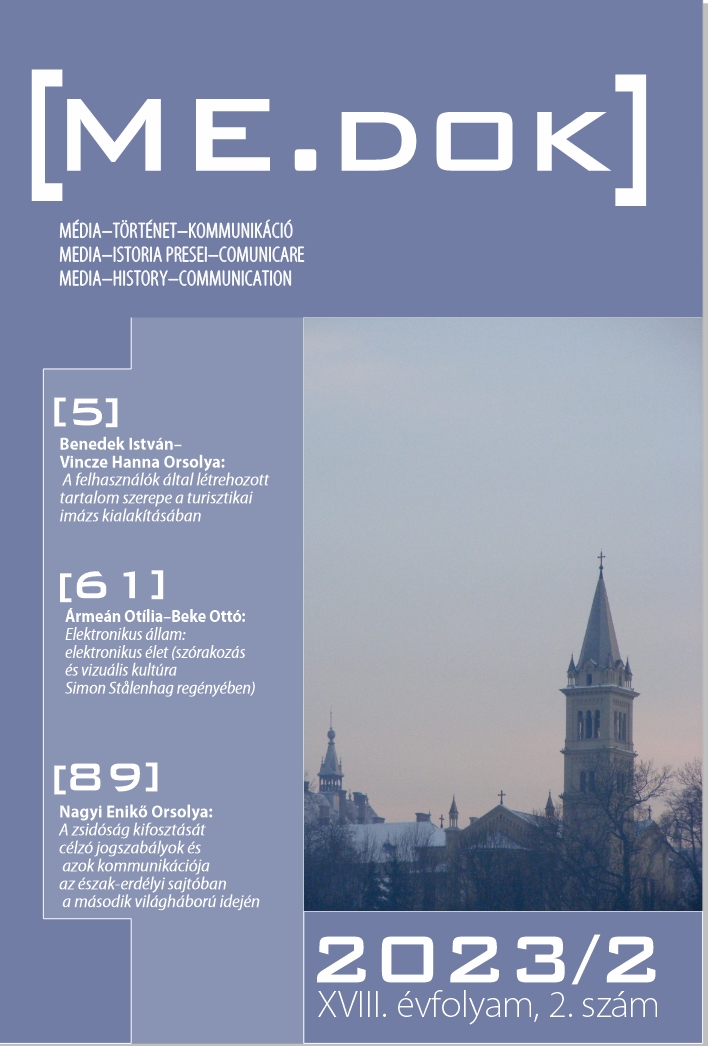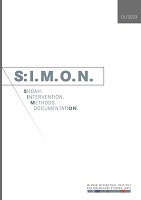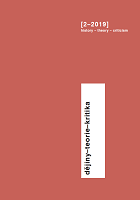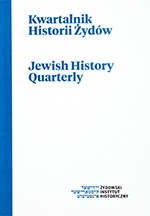
Cenzura – Zagłada – Marzec. Przypadek literatury i filmu
The article reviews the censors’ interference in film, literary and journalistic works of the years 1967‒1969. They concerned the situation in the Middle East in the wake of the so-called Six-Day War of 1967 (especially during World War II) and the subject of emigration to the West. The censors’ actions were part of the anti-Israeli and anti-Jewish campaign on which the Communist authorities of Poland embarked during that time.
More...
